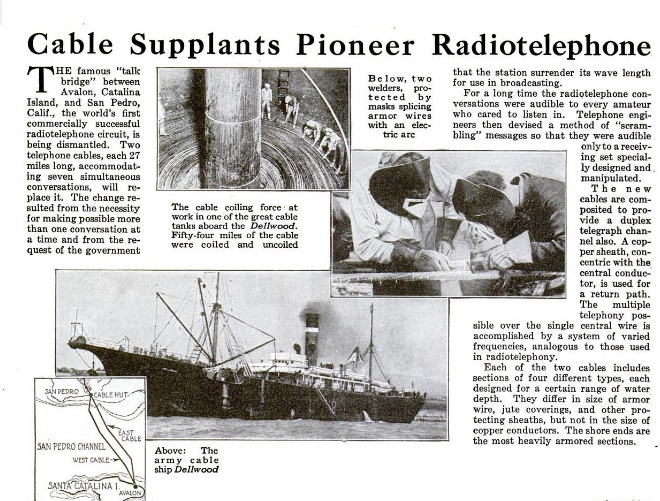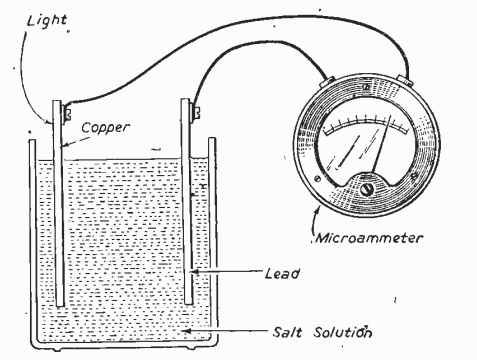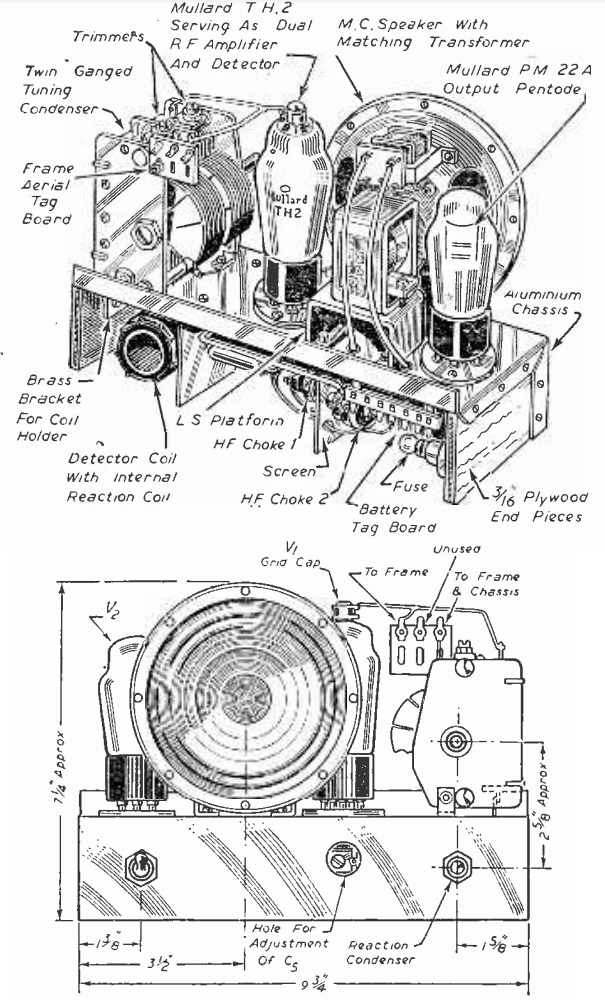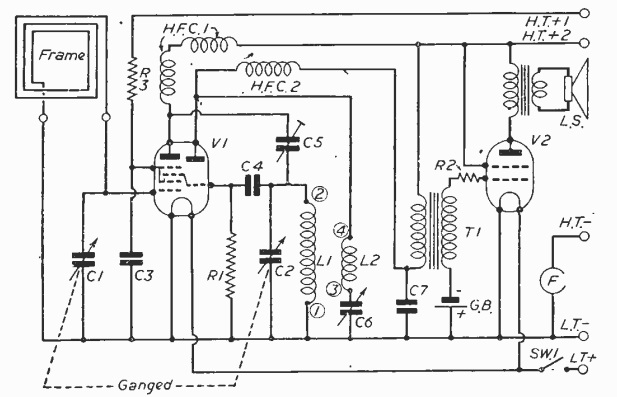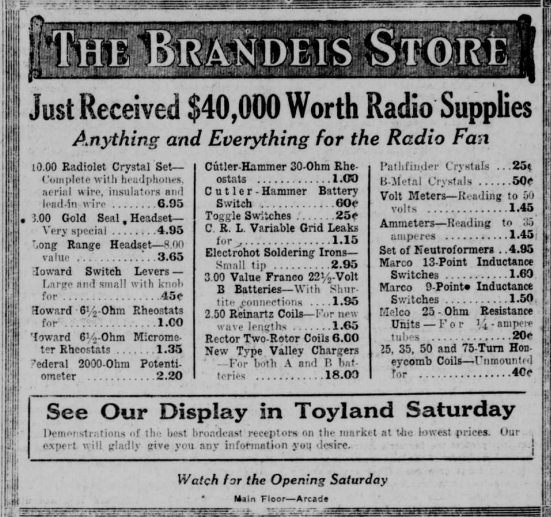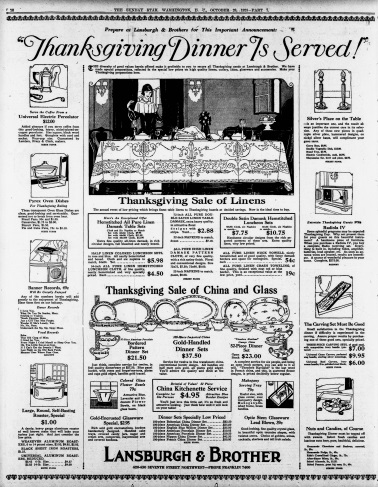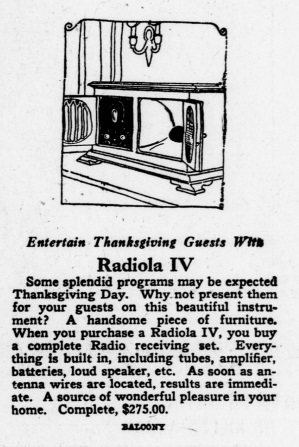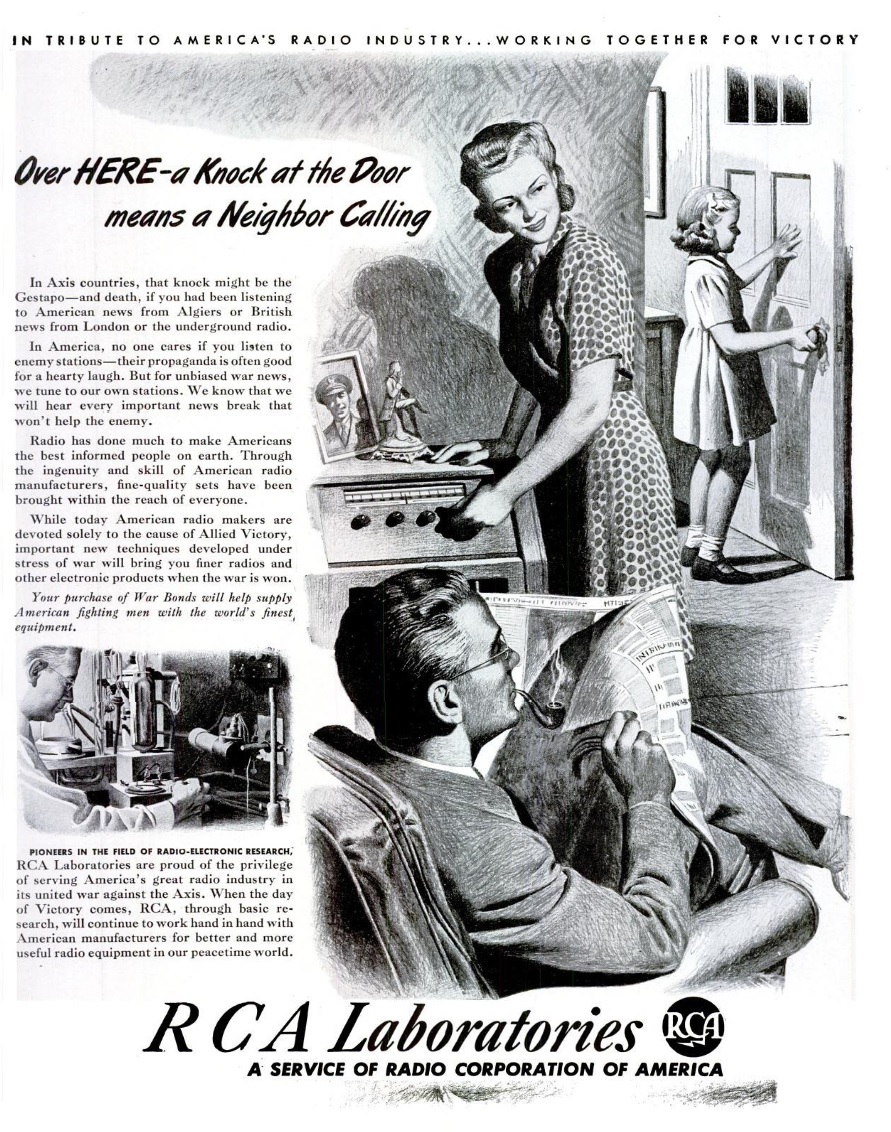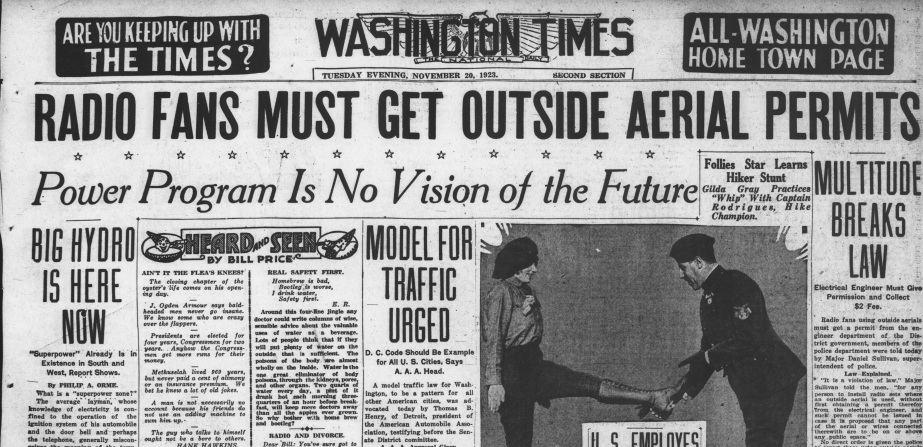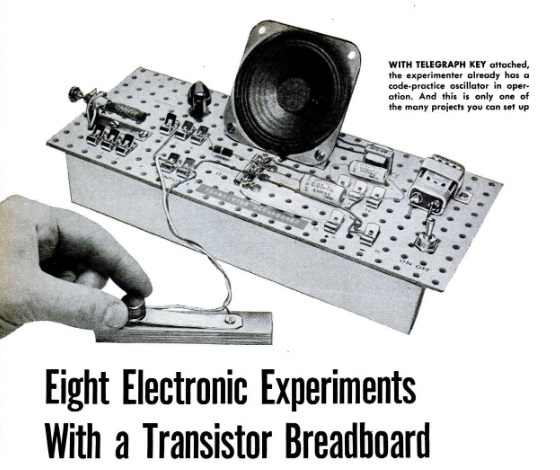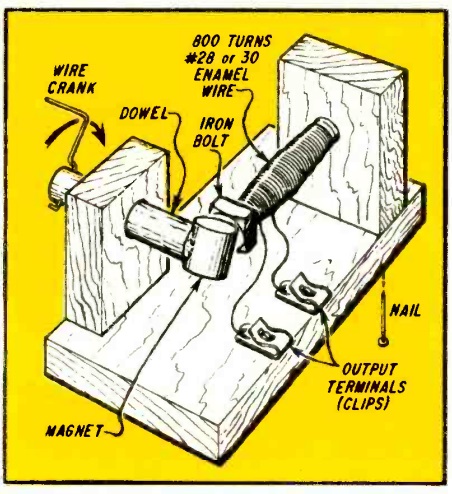 If Junior is looking for a simple science fair project, albeit one that probably can’t be whipped together at 10:00 PM the night before it’s due, he or she can’t go wrong with this simple AC generator from the November 1963 issue of Electronics Illustrated.
If Junior is looking for a simple science fair project, albeit one that probably can’t be whipped together at 10:00 PM the night before it’s due, he or she can’t go wrong with this simple AC generator from the November 1963 issue of Electronics Illustrated.
The design is very straightforward. To avoid having to worry about brushes, the coil stays stationary, and the permanent magnet turns. The coil consists of 800 turns of number 28 or 30 enameled wire on a 2 or 3 inch iron bolt.
The magazine recommends using a DC ammeter, with the calibration set so that 0 is mid-scale. As the crank is turned slowly, the needle will deflect first one direction, and then the other.
Another possibility would be two LED’s in parallel, each pointing a different direction. As Junior slowly cranks the handle, the lights will alternate, and as the speed picks up, they will both appear lit.
For more projects, some of which can be whipped together at the last minute, browse our other science fair ideas.
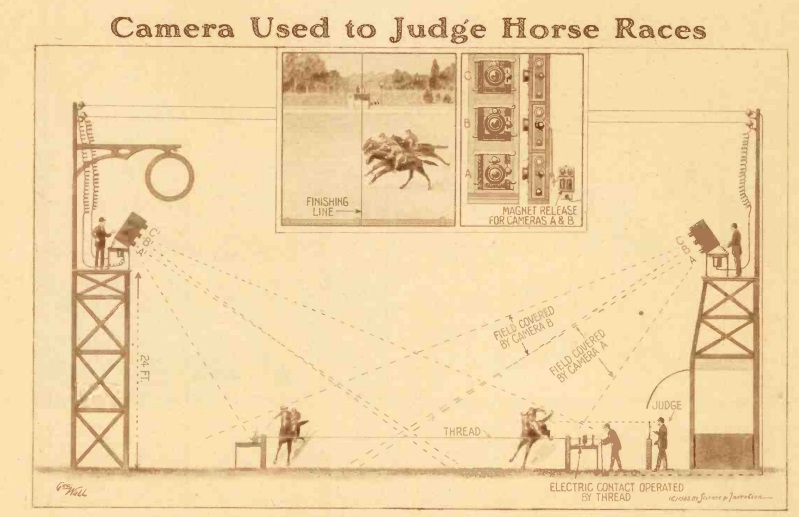 The concept of a “photo finish” has been around for a century, as shown by this Illustration in the November, 1923, issue of Science and Invention.
The concept of a “photo finish” has been around for a century, as shown by this Illustration in the November, 1923, issue of Science and Invention.
